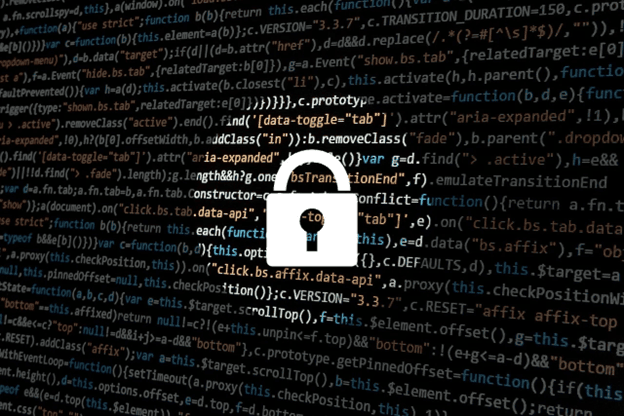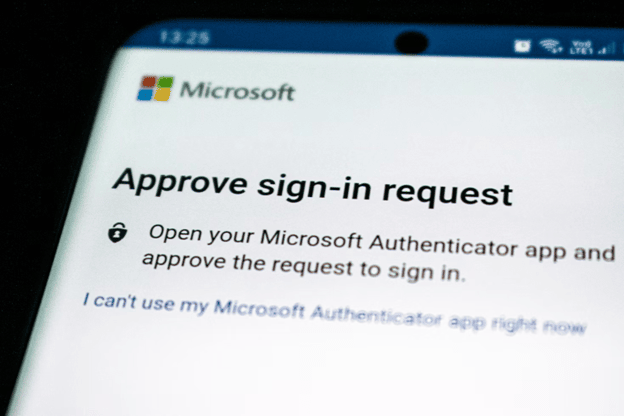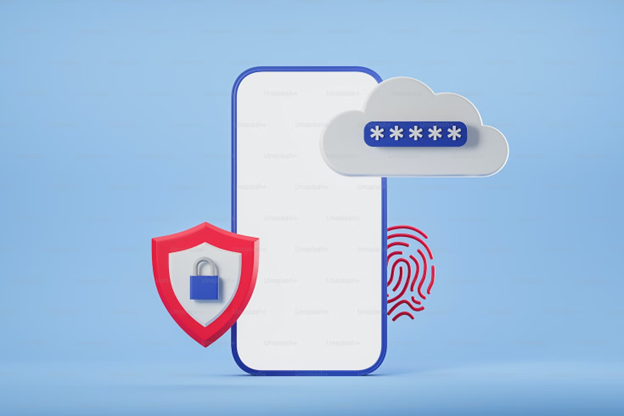5 Best Password Management Practices

Contents [Show]
If you do anything online, you must use a password to access your accounts and platforms safely. Of course, you'll need multiple unique passwords when dealing with several accounts. One of the challenges that come with having many passwords is mismanagement.
Password mismanagement entails using weak passwords, sharing passwords, reusing passwords, and inadequately protecting passwords. These practices can result in credential leaks, cybersecurity breaches, reputation crises, and other illegal undertakings. And that's where password management comes in handy!
Password management consists of practices and principles you can adopt when creating, managing, and storing passwords efficiently and safely to secure and mitigate illegal access to your accounts.
Here are five best password management practices to secure your passwords, so read on!
Implement Multi-factor Authentication

Multi-factor authentication, MFA, is an efficient password management practice you should implement wherever possible. Put simply, it's an authenticating process whereby anyone trying to access your accounts must provide additional identity information before gaining access. Interestingly, even when one of your accounts is compromised, no one can access it automatically.
While MFA often uses authenticating code via email or text, it's equally important to realize that these channels can be easily compromised. Through 'SIM swapping,' an attacker could steal your office phone number and access your email through a threat actor. For these reasons, it's best to use Google Authenticator, which determines the physical location of anyone trying to access your MFA token on your device.
Besides, always be suspicious of unusual activities in your accounts, such as MFA verification requests and messages sent at odd times or from different locations.
Create a Unique and Strong Password
One pivotal password management practice is using a unique but strong password. Still, if you've got multiple accounts online, it's important to use different passwords that are strong and unique. However, it's often tempting to reuse passwords in dozens of accounts, believing it's more convenient.
But this makes all your accounts more vulnerable to security threats. It takes a single breach, and an attacker can access all your platforms and accounts. On the contrary, even if one of your accounts is hacked, the others will still be safe.
All the same, use complex passwords with many variables, such as numbers, lower case letters, upper case letters, and special characters. Avoid using easily guessable and memorable information such as birthdays and family names as part of your passwords. This will protect you against credential-stuffing attacks and other cybersecurity threats.
Employ a Password Manager

While it's equally good to rely on your memory to store your passwords, just like 38% of Americans do, you're more bound to forget, hence denying access to your accounts. Imagine you have 100+ logins. Is it possible to remember them all? It's no wonder you may tend to reuse passwords, which we've discovered above is just a significant risk.
So, consider employing a password manager rather than relying on your memory.
In addition, password managers can develop passwords for every login, store them, and autofill them when logging in to any of your platforms.
Still, password managers create passwords using algorithms, often more robust than human-built passwords. Moreover, since each password is unique, sabotage to one doesn't compromise the others.
Even so, employ a password manager that's either free or less costly, of which the latter should provide more capabilities.
Enable Breach Notifications

Let's be realistic: Once or twice, you may experience password threats in your operations, which can be painful, especially if the attacker gains full access to your account. But worst of all, when there's a breach, and you don't know. You're even investing more in the same account! Also, the longer you stay unaware of the breach, the more compromise will be made to your account.
Luckily, you can mitigate this by enabling breach alerts on your device. You can also use personal identity monitoring systems for awareness when your data is involved in a breach. Typically, this allows you to adjust your passwords and protect your details more.
Change Passwords Only After a Compromise
Gone are the days of changing passwords after every two months or so. As a proven password management practice, you should only change or update your passwords when you think there has been a compromise. Of course, it's difficult to develop complex and unique passwords every other time, but it raises the chances of weakening your passwords over time.
Still, there's no best time to change passwords, but you gain nothing regarding security and privacy by regularly changing them.
So, only change or update passwords when there's tangible evidence of security threats or compromises, such as phishing, dictionary, brute force, credential stuffing, keyloggers, or credit card fraud.
Conclusion
Online space is broad and versatile, and you may not control everything that can happen. But even so, you can't ignore the pivotal role of protecting your accounts and platforms from illegal accessibility. It's equally important to spend your effort and time to keep cybersecurity attackers away and safeguard your customer data and site from malicious activities.
Start with the above-described five tips and be safe online!


0 Comments